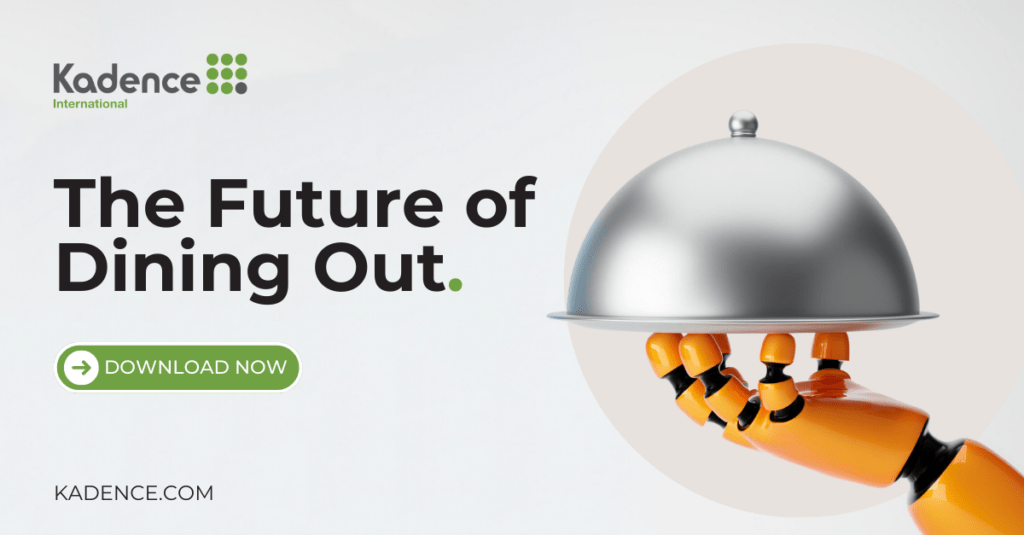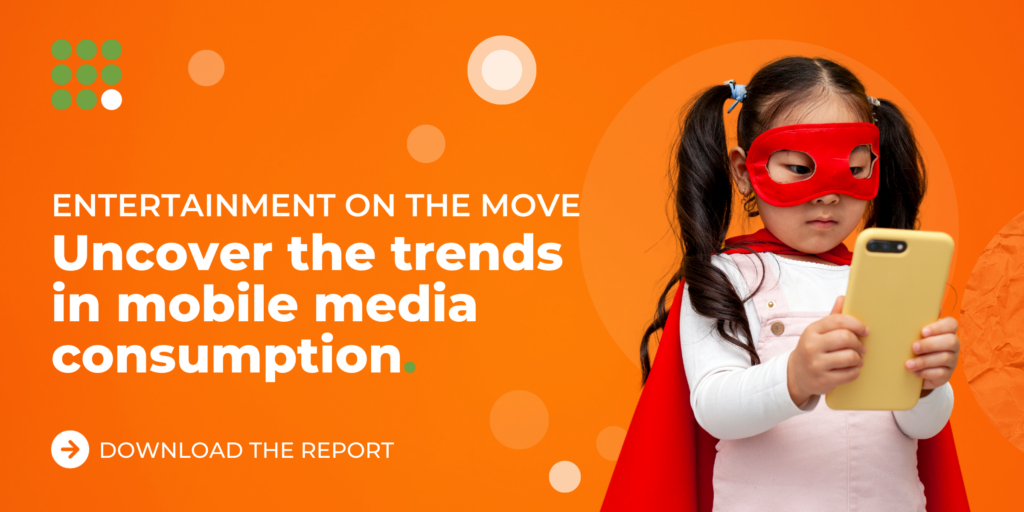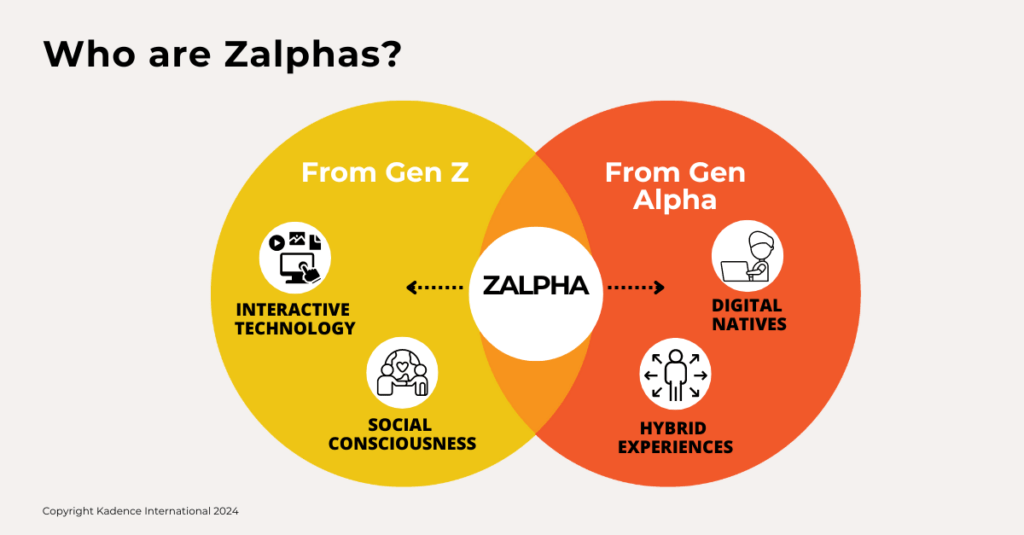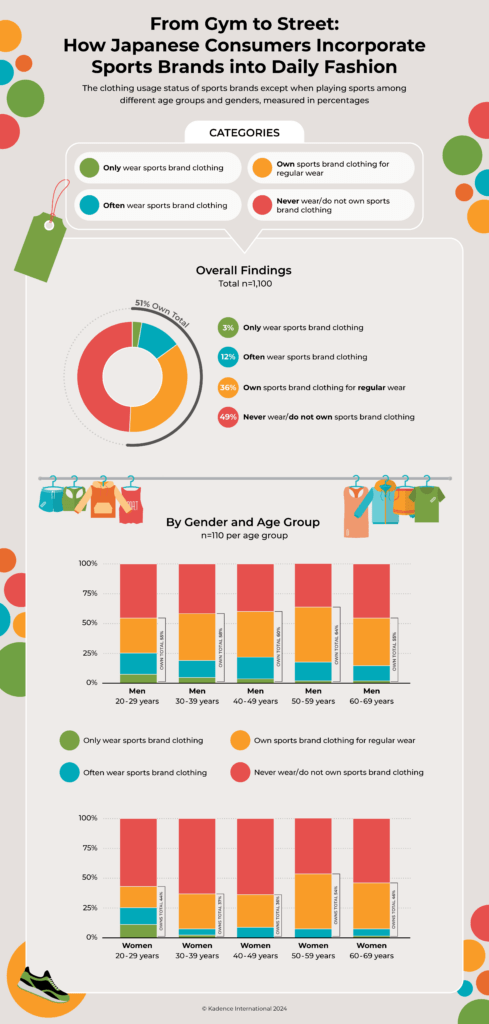Imagine a shoe company where customers design sneakers from scratch—choosing everything from material to laces—and have them printed and delivered within 24 hours.
What was once a futuristic dream, thanks to 3D printing technology, is now a reality. 3D printing is just one of many innovations reshaping industries, illustrating the rapid evolution of the manufacturing sector.
To put this transformation into perspective, the global market for smart manufacturing technologies is projected to grow from $181 billion in 2021 to over $543 billion by 2030. This growth highlights a massive shift in how manufacturers embrace new tools to enhance productivity, streamline operations, and reduce environmental impact.
From advanced robotics and AI-driven processes to sustainable practices and digital twins, the manufacturing industry is leveraging cutting-edge technology to meet the demands of a fast-evolving global economy. These new approaches not only improve efficiency and reduce costs but also drive sustainability initiatives that are essential for long-term success. For companies operating in diverse global markets, staying ahead of these trends is critical to maintaining competitiveness and innovation.
Here are 8 rising trends reshaping the manufacturing industry.
They provide a global perspective and actionable insights for brands. These insights will help decision-makers navigate the shifting landscape, capitalize on emerging opportunities, and future-proof strategies in a rapidly evolving world.
1. Smart Manufacturing (Industry 4.0)
What is it?
Smart manufacturing, also known as Industry 4.0, integrates IoT, AI, and advanced analytics to create fully connected environments where machines communicate in real-time, optimizing production and efficiency.
Impact of Smart Manufacturing on Modernization
These technologies allow manufacturers to monitor equipment performance, detect issues preemptively, and adjust production in real-time. AI-powered analytics identify patterns that reduce waste, improve product quality, and streamline supply chains. This automation offers the flexibility to adjust production quickly, customize products on demand, and lower operational costs.
Strategic Recommendation for Brands:
Invest in IoT systems and AI-driven analytics to optimize production processes. Implement predictive maintenance to minimize downtime and ensure consistent quality, positioning your brand for growth in a tech-driven future.
Case Study: China’s Smart Factories
Source: China Daily
China is leading the charge in smart manufacturing adoption, largely driven by its Made in China 2025 initiative. This strategic plan encourages IoT, AI, and other smart technologies to modernize factories and enhance global competitiveness.
A prominent example is Haier, a leading home appliance manufacturer, implementing IoT systems to enable real-time data collection and improve production efficiency. Haier’s mass customization allows it to tailor products to consumer needs without sacrificing production speed or efficiency. This approach has helped position China as a global leader in smart factory technologies.
Haier’s washing machine factory in the Qingdao Area of China (Shandong) Pilot Free Trade Zone has been named among the 11th batch of global “lighthouse factories.
2. Additive Manufacturing (3D Printing)
What is it?
3D printing allows manufacturers to produce complex, customized products layer by layer from digital designs, enabling mass customization while reducing material waste.
Impact of 3D Printing on Modernization
Additive manufacturing reduces waste by applying material precisely where needed and accelerates prototyping. It allows rapid, cost-effective customization, enabling manufacturers to meet personalized demands without sacrificing efficiency.
In sectors like aerospace, 3D printing has been instrumental in reducing the weight of components, leading to more fuel-efficient designs. For healthcare companies, 3D printing offers the ability to create customized medical implants and devices that fit the unique anatomy of individual patients, enhancing patient outcomes and reducing costs.
Strategic Recommendation for Brands:
Leverage 3D printing for prototyping and mass customization to differentiate your brand with personalized products while maintaining efficiency and reducing waste.
Case Study: 3D Printing in Aerospace
In the US, aerospace companies like Boeing and General Electric (GE) have been early adopters of 3D printing technologies to optimize component manufacturing. GE has made significant strides by using 3D printing to produce fuel nozzles for its LEAP engine, which is used in next-generation aircraft.
Traditional methods involved assembling these nozzles from 20 different parts, but 3D printing allows them to be manufactured as a single piece, reducing weight and increasing durability. This innovation has contributed to greater fuel efficiency, which is critical in an industry facing increasing pressure to reduce emissions.
Boeing, meanwhile, has been using 3D printing to create lightweight components. This helps reduce the overall weight of aircraft, which directly impacts fuel consumption and environmental sustainability.
These aerospace giants’ use of 3D printing highlights how additive manufacturing is reshaping industries that prioritize innovation and sustainability.
3. Sustainable Manufacturing
What is it?
Sustainable manufacturing focuses on reducing production’s environmental impact through using renewable energy, eco-friendly materials, and circular economy models that promote reuse and recycling.
Impact on Modernization
Sustainable practices help manufacturers reduce energy consumption, cut emissions, and lower resource usage. Adopting renewable energy sources like solar and wind, alongside waste-reducing initiatives, ensures manufacturers can operate efficiently while meeting consumer expectations for environmentally responsible products.
For companies aiming to future-proof operations, sustainability now drives product design, material sourcing, and overall supply chain strategy.
Strategic Recommendation for Brands:
Adopt renewable energy and circular economy principles to lower carbon footprint and align with consumer demand for sustainable, eco-friendly products. This will enhance your brand’s market position while ensuring long-term operational efficiency.
Case Study: Japan’s Automotive Industry
Image Source: Nissan
Japan has been at the forefront of sustainable manufacturing practices, particularly in the automotive industry, where companies like Toyota and Nissan lead the charge. Toyota, known for its hybrid vehicle innovations, has been working toward achieving zero emissions across its entire vehicle production line by embracing hydrogen fuel cells and expanding its use of solar energy in its manufacturing plants. Toyota’s Motomachi plant is a prime example, where the company has integrated solar panels to power parts of its operations and has committed to water recycling practices to reduce environmental strain.
Similarly, Nissan has implemented its Nissan Green Program, which focuses on reducing CO2 emissions, increasing the use of renewable materials, and minimizing waste during the production process. Using lean manufacturing and energy efficiency programs, Nissan has made significant strides in cutting its environmental footprint. These efforts reflect Japan’s broader commitment to sustainability and showcase how manufacturers can balance innovation with eco-friendly practices.
4. AI and Machine Learning Integration
What is it?
AI and machine learning enable manufacturers to make data-driven decisions, from optimizing production schedules to predicting equipment failures and improving quality control.
Impact of AI and ML on Modernization
AI boosts production efficiency by predicting maintenance needs, minimizing downtime, and enhancing product quality through automated inspections. Machine learning analyzes large data sets to identify inefficiencies and streamline processes.
Strategic Recommendation for Brands:
Incorporate AI-powered systems to predict equipment failures, optimize scheduling, and improve quality control, ensuring your brand remains competitive in a data-driven manufacturing landscape.
Case Study: India’s Predictive Maintenance in Automotive Manufacturing
Source: Mitsubishi Electric
India has been a growing hub for automotive manufacturing, and companies are leveraging AI-powered predictive maintenance to enhance their production processes. Mahindra & Mahindra, one of India’s leading automotive manufacturers, has integrated AI and machine learning into its production plants to predict machinery failures and optimize maintenance schedules. This shift from reactive to predictive maintenance has enabled the company to significantly reduce machine downtime and improve overall productivity.
Using sensor-based data and machine learning algorithms, Mahindra can monitor the condition of critical equipment in real-time, ensuring machines are serviced only when necessary rather than following a fixed schedule. This AI-driven approach has allowed the company to extend the life of its machinery, reduce maintenance costs, and ensure that production lines are not interrupted by unexpected breakdowns. As a result, Mahindra has seen improved efficiency and output across its plants, demonstrating the power of AI in driving modern manufacturing.
5. Cloud Manufacturing
What is it?
Cloud manufacturing connects production systems through cloud-based platforms, enabling real-time collaboration and data sharing across global manufacturing facilities.
Impact of Cloud Manufacturing on Modernization
Cloud manufacturing enhances flexibility and scalability by allowing manufacturers to adjust production remotely. It also supports real-time monitoring, making it easier to manage global supply chains, optimize inventory, and quickly respond to changes in demand.
Cloud manufacturing also supports data-driven decision-making, as companies can analyze real-time production data to optimize processes, improve quality control, and minimize downtime. It also makes it easier for manufacturers to scale operations up or down based on demand without significant capital investment in new hardware or facilities.
Strategic Recommendation for Brands:
Adopt cloud-based platforms to enhance collaboration and optimize operations across your supply chain. Cloud manufacturing can give your brand the agility to respond quickly to market fluctuations.
Case Study: Singapore’s Manufacturing Sector
Singapore has been a leader in adopting cloud-based manufacturing technologies, particularly in its high-tech manufacturing industries.
One notable example is Seagate Technology, a global leader in data storage solutions, which has implemented cloud manufacturing to optimize its production lines. By leveraging the cloud, Seagate has improved collaboration between its manufacturing plants in Singapore and other global locations, ensuring operations are aligned and optimized for efficiency.
Seagate uses cloud platforms to monitor production processes in real-time, allowing the company to quickly identify and address potential issues, such as equipment malfunctions or supply chain bottlenecks. This real-time visibility has enabled Seagate to reduce downtime, improve product quality, and ensure timely delivery of products to customers worldwide. The company’s use of cloud manufacturing demonstrates the effectiveness of cloud technologies in enhancing operational agility and fostering global collaboration.
6. Digital Twins
What is it?
Digital twins are virtual representations of physical assets, allowing manufacturers to simulate and optimize production processes in a virtual environment before making real-world changes.
Impact of Digital Twins on Modernization
Digital twins cut costs and boost efficiency by enabling manufacturers to test strategies and predict equipment failures virtually, ensuring optimized production with minimal downtime.
Digital twins are also key to predictive maintenance, as they can model wear and tear on machinery, helping manufacturers address issues before they result in equipment breakdowns. This capability significantly improves uptime and reduces operational disruptions. The use of digital twins in manufacturing is a prime example of how data, when paired with simulation technologies, can drive efficiency, innovation, and cost savings.
Strategic Recommendation for Brands
Adopt digital twin technology to simulate and optimize production processes, improving efficiency and minimizing risk. This will help your brand innovate while controlling operational costs.
Case Study: Siemens and Digital Twins in Germany
Image Source: Siemens Events
Siemens, a global leader in automation and digitalization technologies, has pioneered using digital twins in its manufacturing operations. In its Amberg Electronics Plant in Germany, Siemens has implemented digital twin technology to create virtual replicas of its production lines. These digital twins allow Siemens to simulate different production scenarios, optimize equipment performance, and identify potential bottlenecks before they occur in the real factory.
The digital twin model at Siemens has led to improved production efficiency and reduced waste. The Amberg plant, often referred to as one of the most advanced factories in the world, operates with a high degree of automation, and the digital twin plays a critical role in maintaining its efficiency. By continuously monitoring and optimizing its operations using digital twins, Siemens has reduced production times and costs while maintaining high-quality standards. This example showcases the power of digital twins in modernizing manufacturing.
7. Dark Factories
What are dark factories?
Dark factories are fully automated production facilities that operate 24/7 without human intervention, significantly improving efficiency and lowering labor costs.
Impact on Modernization
Dark factories allow continuous production, reducing time and increasing output. Automation improves precision and minimizes human error, making it ideal for high-tech industries.
Strategic Recommendation for Brands
Consider dark factory automation for highly repetitive or dangerous tasks to boost efficiency, reduce costs, and maintain high precision in your operations.
Case Study: FANUC’s Dark Factories in Japan
Image Source: Railly News
In Japan, FANUC, a leading robotics manufacturer, operates several “dark factories” where industrial robots build other robots with minimal human intervention.
FANUC’s dark factories have been in operation since the early 2000s, and the company has perfected the use of fully automated systems to produce high-precision robotics components. The robots at FANUC’s facilities work continuously without needing breaks, lighting, or air conditioning, making these factories incredibly efficient and cost-effective.
FANUC’s dark factories highlight the ability of advanced robotics and AI to manage complex production processes with little to no human involvement. By leveraging robots to build robots, FANUC has dramatically reduced labor costs and improved its production efficiency, allowing it to meet the increasing global demand for industrial automation solutions. This example underscores Japan’s leadership in dark factory technology and the broader global shift toward highly automated manufacturing facilities.
8. Augmented Reality (AR) and Virtual Reality (VR)
Overview
AR and VR are used in manufacturing for training, maintenance, and product design. AR overlays digital information on physical objects, while VR creates immersive simulations for training and prototyping.
Impact of AR/VR on Modernization
AR and VR technologies improve accuracy and safety by allowing workers to visualize repair instructions and data overlays in real time. VR simulations help manufacturers train workers and test new product designs in a cost-effective, risk-free environment.
AR and VR are also used in product design and prototyping, allowing engineers to experiment with new ideas and test them in virtual environments before moving to physical production. This approach not only reduces costs but also speeds up the innovation process by enabling faster iterations and refinements.
Strategic Recommendation for Brands
Implement AR/VR technologies for maintenance and training to improve precision and reduce downtime. This will help your brand maintain operational efficiency while reducing risk and training costs.
Case Study: Boeing’s Use of AR in Aerospace Manufacturing
Boeing, one of the largest aerospace manufacturers in the world, has been a pioneer in the use of AR technology to improve the assembly of its aircraft. Boeing’s technicians use AR glasses that overlay detailed instructions and diagrams directly onto the components they are working on. This has significantly improved assembly times and reduced errors in the complex process of building aircraft. For instance, when assembling aircraft wiring, technicians can view step-by-step instructions through AR headsets, ensuring each wire is placed correctly without needing physical manuals or drawings.
Boeing’s adoption of AR has resulted in a 25% reduction in production time for certain tasks and improved overall product quality. By using AR, Boeing has enhanced worker productivity and reduced the complexity of its manufacturing processes, making it a leading example of how AR technology can be leveraged to streamline operations in highly technical industries like aerospace.
Final Thoughts
Breakthrough technologies are driving the rapid transformation of manufacturing, reshaping how products are designed, produced, and delivered. From smart manufacturing to 3D printing, dark factories, and AR/VR, companies are adopting new methods to improve efficiency, cut costs, and meet rising demands for customization and sustainability.
These 8 trends—from automation and robotics to digital twins and the Industrial IoT—offer a glimpse into the future of manufacturing, where data-driven decision-making, predictive analytics, and seamless digital integration will define success. For global manufacturers, keeping pace with these trends is not just about staying competitive; it’s about thriving in a marketplace that demands innovation, sustainability, and flexibility.
Manufacturers and senior leaders in market research and branding must carefully assess how these trends can be integrated into their own operations. Leveraging these technologies will enable brands to optimize their supply chains, enhance product quality, and reduce their environmental impact, all while meeting the evolving expectations of customers worldwide.
As these trends evolve, forward-thinking manufacturers must remain agile and ready to embrace the opportunities offered by AI, automation, cloud-based systems, and more. The companies that do will be the ones shaping the future of the manufacturing industry and driving it forward into the next era of innovation.


















 Senior Marketing Executive
Senior Marketing Executive Sales & Marketing
Sales & Marketing General Manager PR -Internal Communications & Government Affairs
General Manager PR -Internal Communications & Government Affairs Vital Strategies
Vital Strategies
 Customer Intelligence Director
Customer Intelligence Director